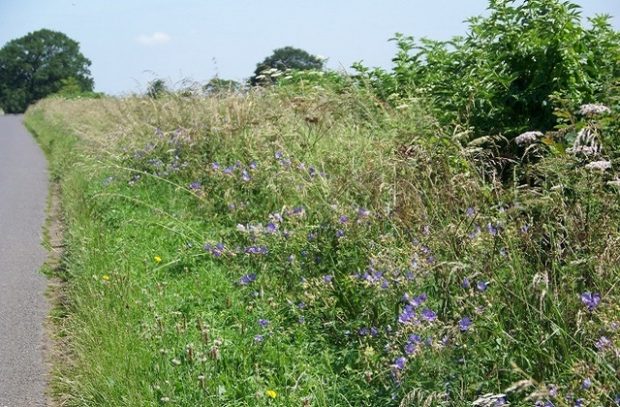
There is widespread positive national coverage this morning including in The Daily Telegraph, the Guardian, the Times, the Daily Mail and the Yorkshire Post of new national guidelines released today (27 September) by Natural England, PlantLife, and Highways England on how best to manage roadside verges to encourage wild flowers and the wildlife they support.
Coverage reports roadside verges and flower meadows should be cut ideally just twice a year in order to let the flowers and wildlife they support thrive.
The report found that the reduction in mowing would increase the number of wildflowers and replenish the seed bank, produce a cost saving for councils money, and provide pollinator habitat equal to the size of London, Birmingham, Manchester, Cardiff and Edinburgh combined.
Clare Warburton, Natural England’s Principal Advisor on Green Infrastructure, said:
Road verges can be designed and managed to support an array of wildlife as well as help us tune into nature on our daily walk, cycle or drive.
A great multi-tasker, nature on the road verge does a number of jobs like cleaning the air, storing carbon, pollinating crops and providing sustainable drainage. We welcome this publication which offers cost-effective, practical solutions to better managing our road verges for people and wildlife.
The report found that with 97% of wildflower meadows having been lost in less than a century, grassland road verges have become a crucial wildlife habitat for more than 700 species of wild flowers - nearly 45% of our total flora - including 29 of 52 species of wild orchid including rarities such as lizard orchid.
The full report can be downloaded here. Guidance on how to best manage wildflower habitat is available on the Natural England website.